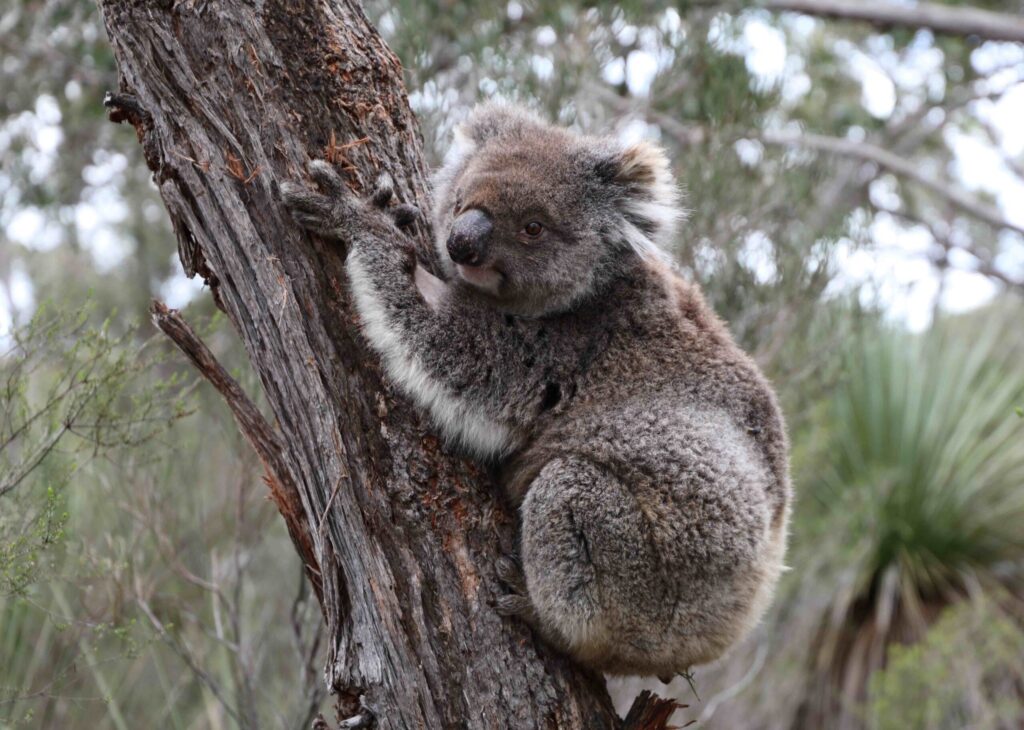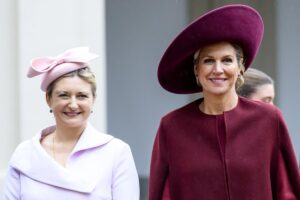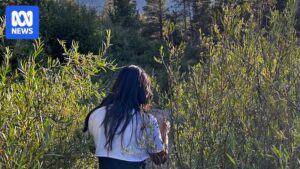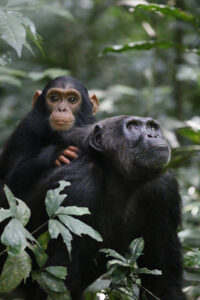
Kangaroo Island in South Australia is celebrated as a sanctuary for koalas, boasting a large, mostly disease-free population. However, recent research from Flinders University reveals a genetic vulnerability that could threaten their long-term survival.
Using whole-genome sequencing, researchers compared the genetic diversity of Kangaroo Island koalas with those from mainland populations in Victoria and Queensland. The findings were stark: despite their abundance, Kangaroo Island koalas exhibit significantly lower genetic diversity and higher levels of inbreeding compared to their mainland counterparts.
Historical Context and Genetic Legacy
The roots of this genetic predicament trace back to the 1920s when fewer than two dozen koalas were relocated from Victoria to Kangaroo Island. This move was a desperate measure to save the species from extinction due to hunting and habitat loss. Unfortunately, the original koalas were already from a genetically limited population.
Today, while koalas along Australia’s east coast are officially listed as endangered due to habitat destruction, disease, and other threats, Kangaroo Island’s population has thrived, even surviving the devastating bushfires of 2019-20. However, this apparent success masks underlying genetic issues.
Scientific Findings and Implications
Lead author Dr. Katie Gates highlights the paradox: “Kangaroo Island koalas are a successful conservation story in terms of population size. But their genetic health tells a different story. Their limited diversity and high inbreeding means they might struggle to adapt to future threats like disease or climate change.”
The research team discovered that Kangaroo Island koalas possess numerous and extended runs of homozygosity—stretches of identical DNA inherited from both parents, a clear indicator of inbreeding. Additionally, potentially harmful genetic variants are more frequently found in double doses, raising the risk of these traits being expressed in offspring.
“This pattern increases the risk of fertility and other developmental problems, consistent with several abnormalities found in captured koalas,” the study notes.
While Kangaroo Island koalas have so far resisted diseases like chlamydia and koala retrovirus, their reduced genetic diversity could leave them vulnerable to future outbreaks.
Conservation Strategies and Future Outlook
The researchers advocate for proactive conservation management, including ‘genetic rescue’—the introduction of new koalas from genetically diverse mainland populations. Senior author Professor Luciano Beheregaray emphasizes the importance of such measures: “Kangaroo Island has the potential to remain an important conservation refuge for koalas. But without genetic management, this ‘ark’ could become a trap. Our work highlights the importance of ongoing genomic monitoring for species managed in isolation.”
This study underscores a broader message for wildlife conservation. While islands and fenced reserves offer immediate protection, they must be complemented with strategies to enhance genetic diversity to serve as true sanctuaries for threatened species.
Broader Conservation Implications
The findings, published in the journal Molecular Ecology, carry significant implications for global conservation efforts. The study, titled “Conservation arks: genomic erosion and inbreeding in an abundant island population of koalas,” suggests that isolated populations, while protected from immediate threats, may face long-term genetic challenges.
Supported by the Australian Research Council and conducted with respect to the Traditional Owners of Country, this research underscores the need for a balanced approach to conservation that includes genetic health as a critical component.
As conservationists look to the future, the case of Kangaroo Island’s koalas serves as a poignant reminder of the complexities involved in preserving biodiversity. The integration of genetic management with traditional conservation practices could be pivotal in ensuring the survival of species in isolated habitats.







